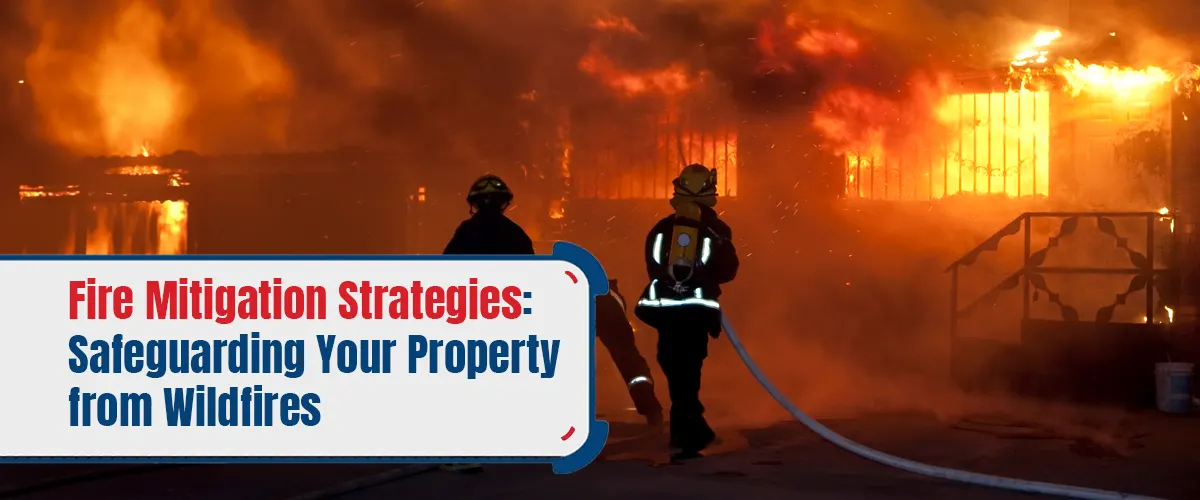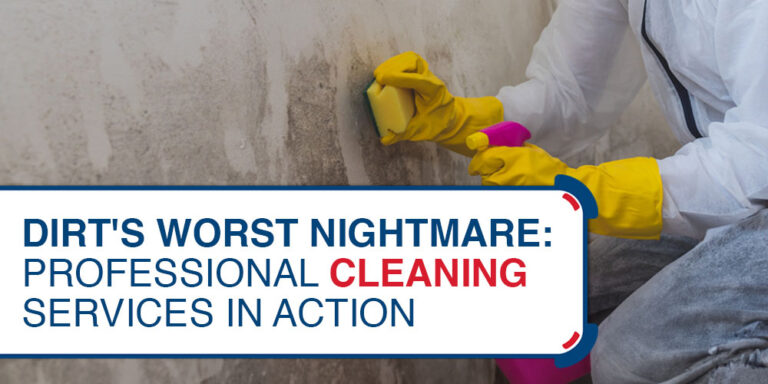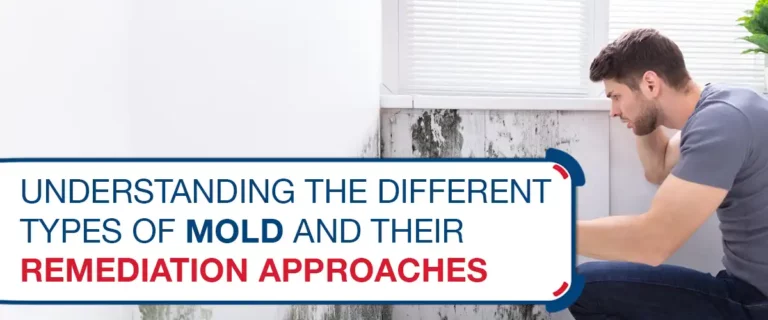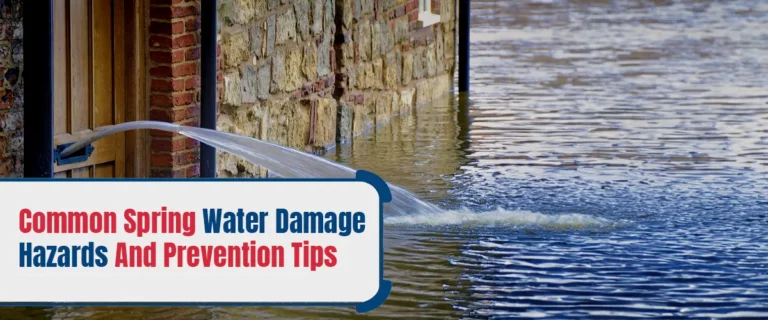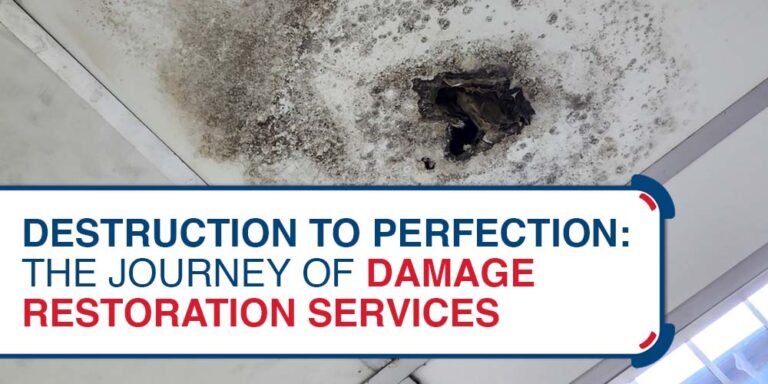With the looming threat of wildfires growing more unpredictable each year, it’s no longer just about having a beautiful home but a safe one, too. We invest time, money, and emotions into building our dream houses. However, how can we ensure they stand firm against the danger of smoke and fire? Can the very flames threatening our home be kept at bay?
Let’s dive deep into practical fire mitigation strategies that shield your sanctuary from these fiery foes and ensure a secure environment for years.
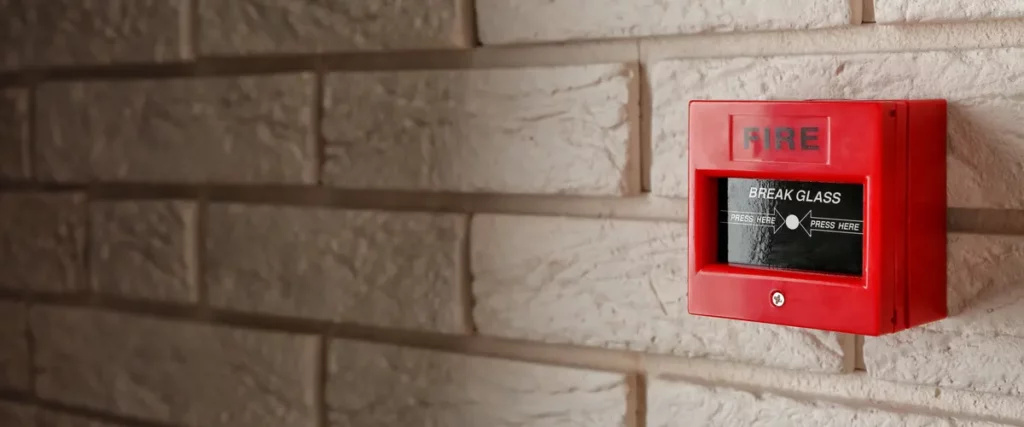
1. Creating Defensible Space
A well-maintained perimeter around your home acts as a buffer. This space limits the fire’s access to your property. Think of it as an invisible shield around your home, making it less susceptible to flying embers and creeping flames.
So, how do you create this buffer? According to the Colorado State Forest Service, three different zones exist to develop and mark an area safe around your buildings:
- Zone 1: (0-5 feet from the home) The immediate zone should clear ALL flammable materials. This includes removing dead plants, dry leaves, and even certain mulches.
- Zone 2: (5-30 feet from the home) Considered the zone for strategic landscaping, this area should have carefully spaced trees and shrubs. Regularly prune trees, ensuring their branches don’t hang too low and become easy fuel.
- Zone 3: (30-100 feet from the home) The extended zone is the area farthest from the house. What you can do in this area is to incorporate firebreaks. Driveways, gravel paths, and even lawns can act as natural firebreaks. The objective in this zone isn’t to extinguish the fire entirely but to block its course and ensure the flames remain low and grounded.
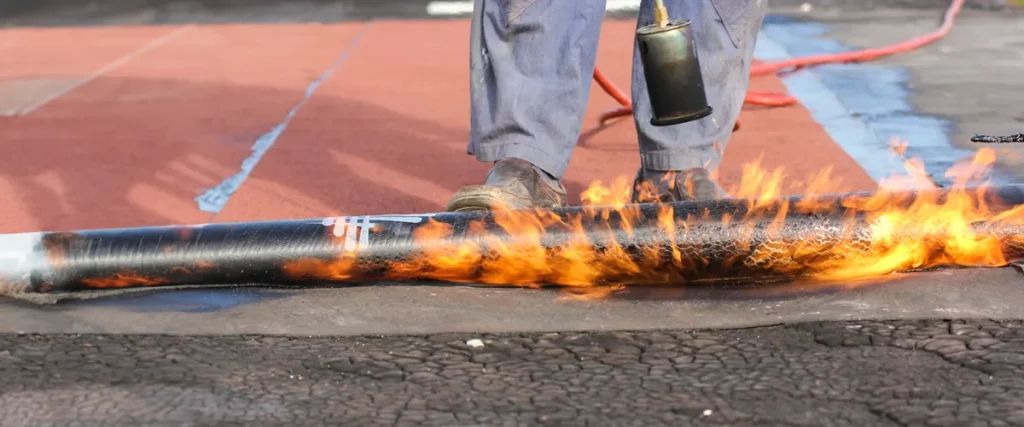
2. Use Fire-Resistant Building Materials
Consider using fire-resistant materials for roofing and siding. They not only offer protection but also enhance your property’s longevity. If you must know, in wildfires, roofs are most vulnerable due to their size and orientation. Federal Emergency Management Agency (FEMA) encourages homeowners to install and replace eaves with short overhangs and flat ledges.
Additionally, besides roofing materials, these are the areas also vulnerable to wildfires:
- Eaves, soffits, fascias, and attic vents
- Chimney
- Exterior walls
- Exterior glass
- Basement and crawlspaces
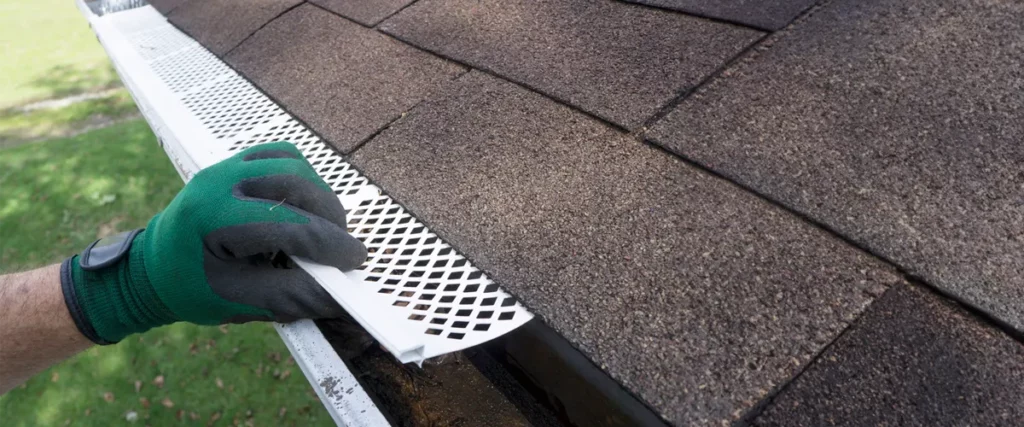
3. Installing Ember Guards
Embers are sneaky—even the tiniest can become a homeowner’s worst nightmare. They can drift into homes through vents, gaps, and even under doors. When it does, it can ignite fires within homes, catching unsuspecting homeowners off guard. Installing ember guards ensures that these fiery travelers don’t find their way inside.
Ember guards act as protective barriers, explicitly designed to block these fiery intruders. Moreover, they are constructed from materials designed to withstand high temperatures, making them an essential investment for those living in fire-prone areas.
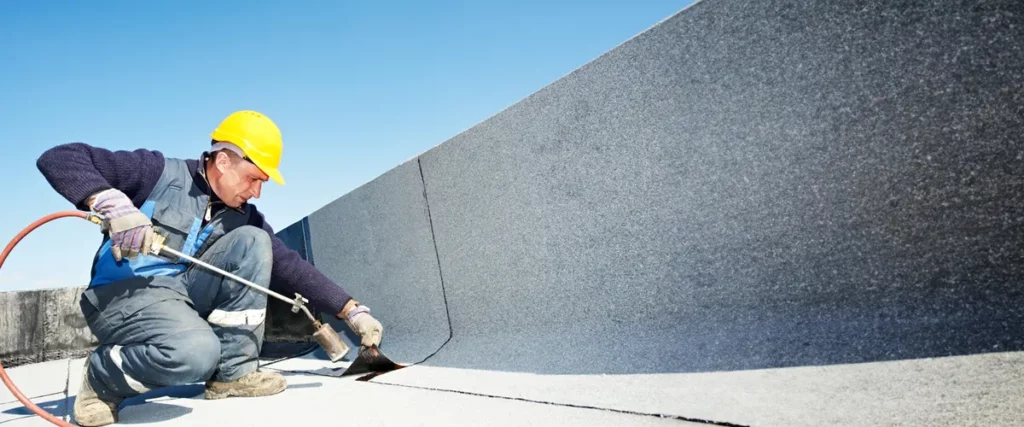
4. Rain Gutters and Roof Maintenance
Fire inspectors today noticed that many homeowners don’t keep their roofs clean. Such action, or the lack thereof, can lead to wildfire risks. There are reliable fire mitigation services in Mission, KS, which you can always rely on if you need professional help. Note that debris in rain gutters can be potential fuel for fires. The best thing you can do now is to maintain your roof and gutters. Cleaning your roof is a quick and essential way to make your home safer.
Below are some roof and gutter cleaning tips as suggested by FireSafe Marin:
- Examine your roof’s material and condition.
- Use a stable ladder.
- Never clean alone; have someone assist.
- Regularly clear roof debris, especially during fire season!
- Metal gutters are considered the safest.
- Keep gutters clear of leaves and debris all year.
- Prioritize safety — if unsure, hire a professional.
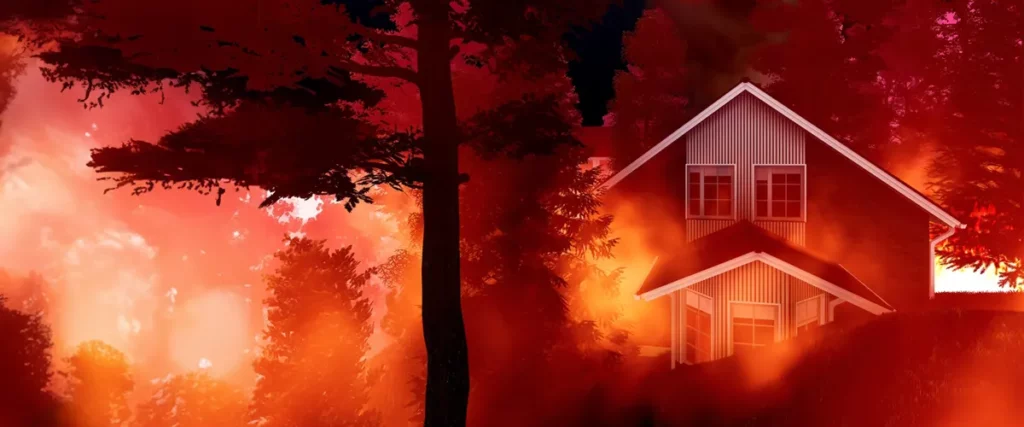
5. Strategically Positioned Water Sources
In the face of a wildfire, the proximity and accessibility of water sources can be a game-changer in protecting your home. Whether it’s a water tank, pond, or a set of hoses, ensure they are accessible. More importantly, strategically position these water sources. For instance, having a water tank near a wooden deck or shed can be invaluable.
Additionally, consider xeriscaping if you’re in areas with water limits. Xeriscaping is a popular method that creatively conserves water through landscaping and thereby resists fire with less need for watering. You can ask a nearby nursery or landscape expert for details.
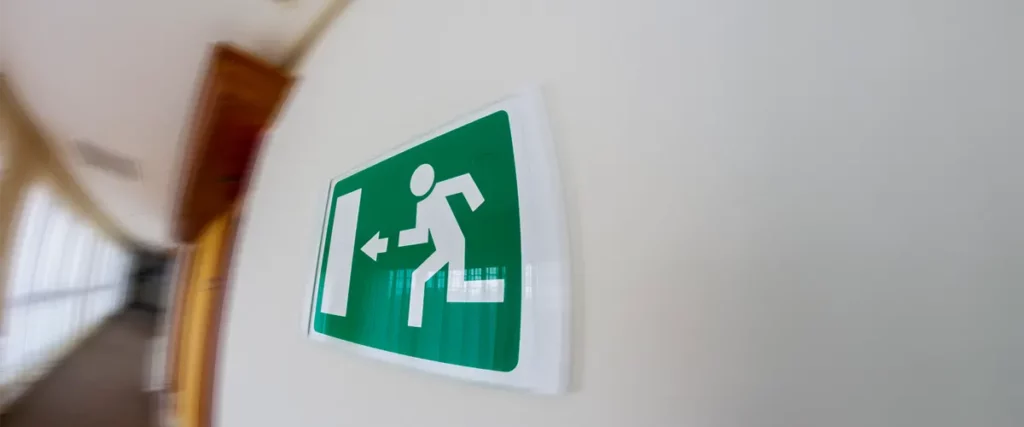
6. Emergency Evacuation Plans
While safeguarding our homes is paramount, the safety of our loved ones remains the utmost priority. Being prepared goes beyond fire mitigation measures:
· Knowledge is Power
Stay updated with local fire risk levels. Many regions provide updates through dedicated apps or websites, ensuring you’re never out of the loop.
· Plan Your Route
Make a clear evacuation path from your home to a safe location. Consider alternative routes in case the primary one becomes impassable.
· Regular Drills
Just having a plan isn’t enough. Practice it with all household members, ensuring even younger ones understand its importance.
· Grab-and-Go Kit
Prepare an emergency kit with documents, medications, water, and non-perishable food. This ensures you have everything you need, even if you must leave quickly.
Remember, while structures can be rebuilt, lives cannot. An effective evacuation plan is intended for the safety and well-being of your family.
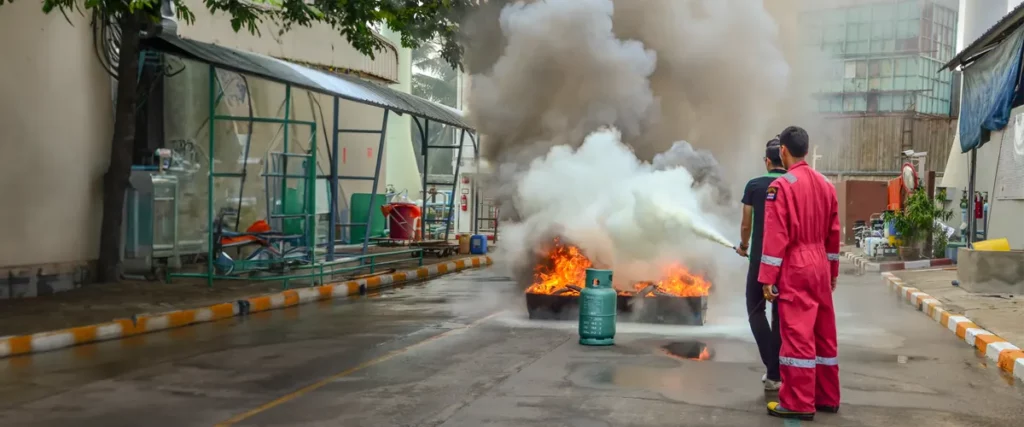
Concluding Thoughts: Preparedness is Power
The unpredictability of nature can often leave us feeling vulnerable, especially when our homes are at stake. However, even in the face of such uncertainty, proactive steps and planning can tip the scales in our favor. Adopting fire mitigation methods doesn’t just shield your property; it instills confidence and serenity, knowing you’re doing everything possible to protect your sanctuary. Remember, knowledge is your armor in the battle against wildfires, and preparedness is your weapon. Stay vigilant, stay safeguarded.
References:
- Colorado State Forest Service. (n.d.). Protect Your Home & Property from Wildfire. https://csfs.colostate.edu/wildfire-mitigation/protect-your-home-property-from-wildfire/
- https://emilms.fema.gov/IS320/WM0103020text.htm
- Federal Emergency Management Agency. (2020). Protect your property from wildfire. https://www.fema.gov/sites/default/files/2020-11/fema_protect-your-property_wildfire.pdf
- FireSafe Marin. (2020). Wildfire Preparedness Week, Day 1: Clean Your Roof and Rain Gutters. https://firesafemarin.org/articles/wildfire-preparedness-week-day-1-clean-your-roof-and-rain-gutters-1/#gsc.tab=0
- National Wildfire Coordinating Group. (n.d.). Communicator’s Guide for Wildland Fire Management. https://gacc.nifc.gov/swcc/dc/azpdc/operations/documents/prevention-education/Reference-Material/Chapter%209_Fire%20Mitigation.pdf


